Here's an approach based on the assumption that the majority of the text is skewed onto one side. The idea is that we can determine the angle based on the where the major text region is located
After converting to grayscale and Gaussian blurring, we adaptive threshold to obtain a binary image
From here we find contours and filter using contour area to remove the small noise particles and the large border. We draw any contours that pass this filter onto a mask

To determine the angle, we split the image in half based on the image's dimension. If width > height then it must be a horizontal image so we split in half vertically. if height > width then it must be a vertical image so we split in half horizontally
Now that we have two halves, we can use cv2.countNonZero() to determine the amount of white pixels on each half. Here's the logic to determine angle:
if horizontal
if left >= right
degree -> 0
else
degree -> 180
if vertical
if top >= bottom
degree -> 270
else
degree -> 90
left 9703
right 3975
Therefore the image is 0 degrees. Here's the results from other orientations


left 3975
right 9703
We can conclude that the image is flipped 180 degrees
Here's results for vertical image. Note since its a vertical image, we split horizontally

top 3947
bottom 9550
Therefore the result is 90 degrees
import cv2
import numpy as np
def detect_angle(image):
mask = np.zeros(image.shape, dtype=np.uint8)
gray = cv2.cvtColor(image, cv2.COLOR_BGR2GRAY)
blur = cv2.GaussianBlur(gray, (3,3), 0)
adaptive = cv2.adaptiveThreshold(blur,255,cv2.ADAPTIVE_THRESH_GAUSSIAN_C, cv2.THRESH_BINARY_INV,15,4)
cnts = cv2.findContours(adaptive, cv2.RETR_TREE, cv2.CHAIN_APPROX_SIMPLE)
cnts = cnts[0] if len(cnts) == 2 else cnts[1]
for c in cnts:
area = cv2.contourArea(c)
if area < 45000 and area > 20:
cv2.drawContours(mask, [c], -1, (255,255,255), -1)
mask = cv2.cvtColor(mask, cv2.COLOR_BGR2GRAY)
h, w = mask.shape
# Horizontal
if w > h:
left = mask[0:h, 0:0+w//2]
right = mask[0:h, w//2:]
left_pixels = cv2.countNonZero(left)
right_pixels = cv2.countNonZero(right)
return 0 if left_pixels >= right_pixels else 180
# Vertical
else:
top = mask[0:h//2, 0:w]
bottom = mask[h//2:, 0:w]
top_pixels = cv2.countNonZero(top)
bottom_pixels = cv2.countNonZero(bottom)
return 90 if bottom_pixels >= top_pixels else 270
if __name__ == '__main__':
image = cv2.imread('1.png')
angle = detect_angle(image)
print(angle)
